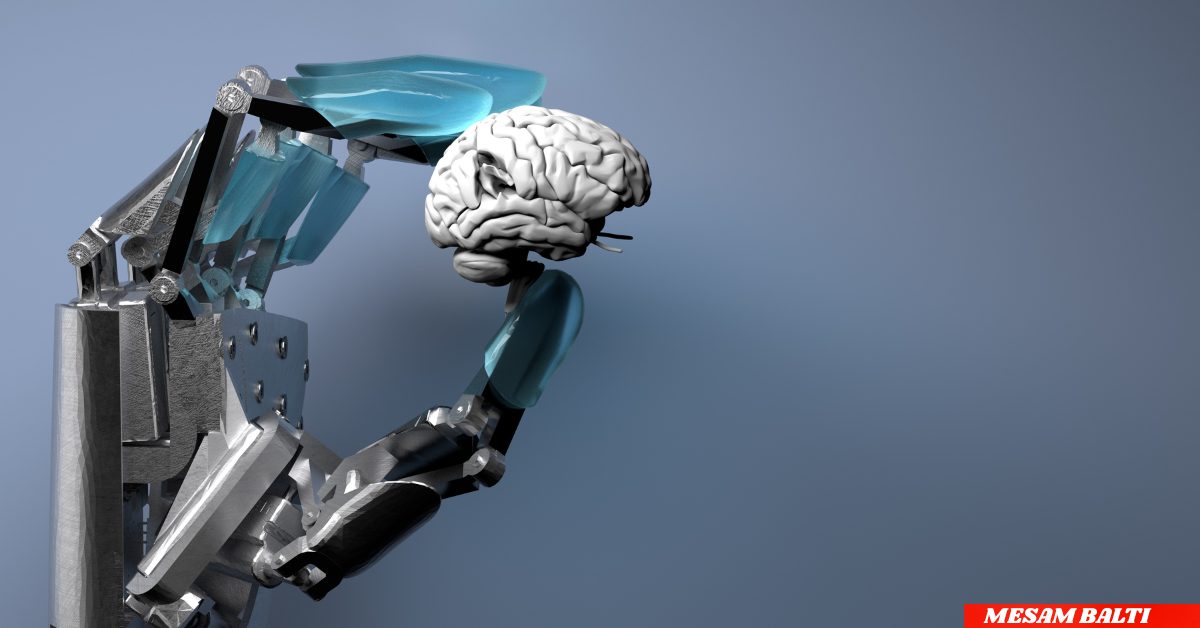INTRODUCTION: SURGERY OF THE FUTURE IS NOW
Think of a world where surgeries are exact, less invasive and recovery is swift. That dream world is no longer so far-fetched — it’s happening now, with robots in the operating room, and with a little help from artificial intelligence: Precision: assistance by AI. With innovative robotic technology paired with artificial intelligence, surgeons are providing a level of precision and talent that has never been seen before. This groundbreaking technology is changing the face of healthcare by minimizing human errors and enhancing patient outcomes. In this piece, we’ll take a deep dive into the world of AI-powered robotics and its impact on surgery, as well as its pros and cons, and the potential future of the field.
What Are AI-Powered Surgical Robots?
Surgical robots are high-tech bots that aid in a variety of complex surgeries. In combination with AI, these systems are further augmented, even offering the possibility of decisions in real-time and achieving higher accuracies. AI algorithms sort through huge pools of data — patient records, live surgical feeds and so on — to direct robotic arms with unequaled precision.
How AI Enhances Robotic Surgery
- Real-Time Analysis: AI analyzes imaging and patient data in real-time to give surgeons actionable information in the operating room.
- Precision Control: AI-guided robotic arms can perform tiny movements that are more accurate than the human hand.
- Predictive Power: AI is also able to predict possible complications, therefore assisting surgeons in avoiding those risks.
The da Vinci Surgical System, a stalwart of robotic surgery, for instance, employs A.I. to help perform minimally invasive procedures, including prostatectomies and cardiac operations.
Benefits of Robotics in Surgery
- Enhanced Precision and Accuracy
Robots using AI technology, meanwhile, can also take on small but precise tasks such as suturing or tissue dissection with the accuracy of sub-millimeter scale. This minimises damage to nearby tissue and accelerates healing. - Minimally Invasive Procedures
Robotic technology has enabled surgeons to perform their procedures through small incisions, which results in:- Smaller scars
- Reduced blood loss
- Lower risk of infection
- Improved Patient Outcomes
Researches indicate that with the help of AI, robotic surgeries produce:- Shorter hospital stays
- Faster recovery times
- Lower complication rates
Example: A 2023 study found that robotic-assisted knee replacements resulted in a 20% lower revision rate compared with the old-fashioned process.
- Surgeon Support and Reduced Fatigue
Task automation and ergonomic control allows robotic technology to alleviate the physical burden on the surgeon and the operator of the system. AI also has the advantage of real-time feedback, which can enable the surgeon to concentrate on decision-making.
Reduced Real-World Use-Cases: AI in Surgical Robotics
1. Orthopedic Surgery
Point: In joint replacement surgeries, AI robots such as Mako Robotic-Arm are used by surgeons to cut the bones and place implants with high accuracy, thus benefitting the patient’s long-term results.
2. Neurosurgery
AI robots like the ROSA Robot help neurosurgeons to safely navigate the complex structures of the brain, which can reduce the risk during procedures like tumor extraction.
3. Cardiac Surgery
With robots, the heart, organs and tissue operations including the pericardium can be and are performed now with AI which endures that high-stake procedures remain precise.
Case in Point: The Robotic Success of the Cleveland Clinic
In 2024, Cleveland Clinic found a fall in robotic-assisted prostate surgery post-op complications of nearly 30% brought on by AI’s actual-time intervention and robot-like precision.
Challenges of AI-Powered Robotic Surgery
- High Costs
Robotic platforms and their maintenance is costly and may be beyond the means of smaller hospitals or developing world. For instance, one da Vinci system can cost over $2,000,000. - Learning Curve
There’s also the matter of training: Surgeons need to be trained extensively to be able to effectively operate AI-driven robots, slowing down adoption. - Ethical and Technical Concerns
- Data Privacy: AI depends on patient data, and there are concerns about security and consent.
- System Failure: Although not common, the possibility of failure is a risk during surgical procedures.
The Role of Robotics in Surgery
Surgical Robotics Future: AI-Enabled Precision Looks Promising
- Autonomous Surgical Robots: Even if fully autonomous surgery is years away. AI is advancing toward systems that are semi-autonomous, able to carry out routine tasks under a surgeon’s supervision.
- Integration with Augmented Reality (AR): AR supplemented with AI can also give surgeons instant three-dimensional views of a patient’s anatomy, adding to the accuracy.
- Wider Accessibility: AI-assisted robotic surgery may be standard in hospitals across the globe as it gets less expensive and the technology improves.
Analysts forecast that by 2030 more than 50% of surgical procedures in Western countries will be performed with the aid of robotic systems, AI being the key operator.
How to Get Ready for the Coming Age of AI in Surgery
- For Patients: Compare hospitals that we know serve AI-enhanced robotic surgery, for better outcomes.
- For Surgeons: Learn how to use robotic systems by investing in training programs.
- For Hospitals: Look to collaborate with tech companies that can integrate cost-effective robotic applications.
Conclusion: A New Age of Surgical Accuracy
Why their time has finally come AI is the key: Through its mind-boggling razor sharp precision and its efficiency, safety and untapped potential in the world of healthcare. From less invasive treatments to better patient outcomes, this technology is a new benchmark in contemporary medicine. Challenges such as cost and training are still ahead, but even more exciting progress is in the offing.
Call to Action: Have you or a friend undergone robotic surgery? Tell us in the comments or sign up for our newsletter to get the best of healthcare news and innovation.
FAQs
What, exactly, is AI robotic surgery?
Robotic Surgery with AI Using advanced robot systems directed by AI, to conduct accurate, minimal invasive surgery.
So how can AI help to make surgery better?
AI improves accuracy, offers real-time data analysis, and even predicts complications, resulting in safer surgeries and shorter recovery times.
AI-powered robotic surgeries safe?
Yes, they are very safe when performed by surgeons who have undergone a training in this kind of surgery. The risk of complications is lower.
What are the costs for robotic surgery?
A robotic system cost can be anywhere from $1M to $2M .
Will AI replace surgeons?
No, AI helps, by improving precision and decision-making, but human skill is still necessary.



